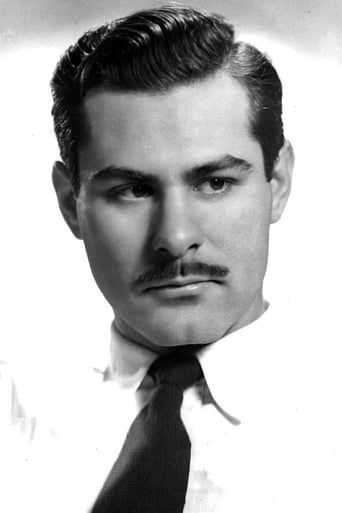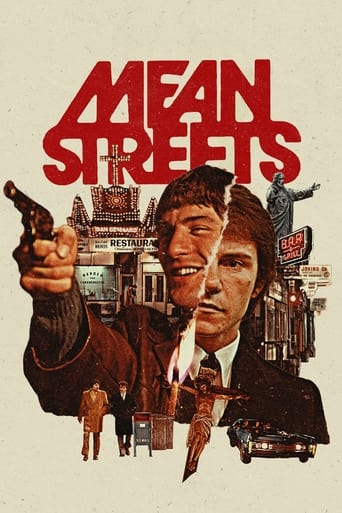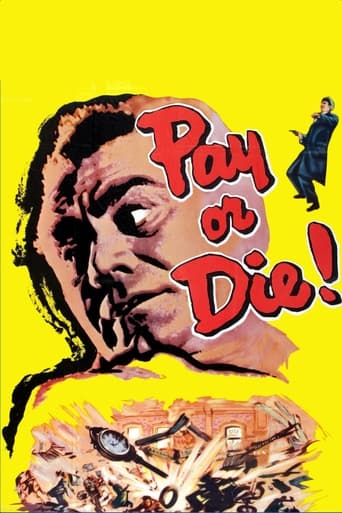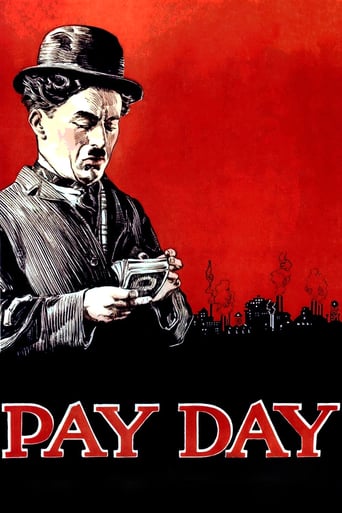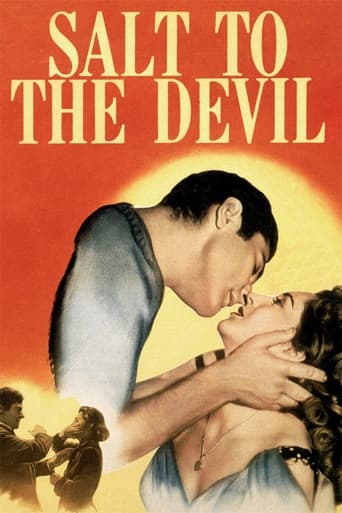

Give Us This Day (1949)
Exiled from Hollywood due to the blacklist, director Edward Dmytryk briefly operated in England in the late 1940s. Though filmed in its entirety in London, Dmytryk's Give Us This Day is set in New York during the depression. Fellow blacklistee Sam Wanamaker is starred as the head of an Italian immigrant family struggling to survive the economic crisis.
Watch Trailer
Cast


Similar titles
Reviews
Very well executed
As somebody who had not heard any of this before, it became a curious phenomenon to sit and watch a film and slowly have the realities begin to click into place.
While it is a pity that the story wasn't told with more visual finesse, this is trivial compared to our real-world problems. It takes a good movie to put that into perspective.
The movie turns out to be a little better than the average. Starting from a romantic formula often seen in the cinema, it ends in the most predictable (and somewhat bland) way.
This film is extremely difficult to find anywhere, and still it's a major milestone in the history of film noir. Both Edward Dmytryk and Sam Wanamaker fled America for the McCarthy persecutions and made this unique film in London about Little Italy in New York. It's brutally expressionistic and realistic about the conditions of Italian building workers in New York and was forbidden in America - today you wonder why. Sam Wanamaker remained in Britain, made many films, was in 'Holocaust' and initiated the process of rebuilding the Globe theatre in London. Another of his major performances was in "The Voyage of the Damned" 1976, another great film of documentary character and a true story; but "Give Us This Day", also known as "Christ in Concrete" is his quest for immortality as a very ordinary Italian worker in Brooklyn with great foibles and weaknesses, and he is well supported by Kathleen Ryan (expert at such roles, like also in "Odd Man Out") and Lea Padovani as the sorely tried but heart-renderingly faithful wife. Perhaps the greatest credit of all in this film is due to the music of Benjamin Frankel, booming with beauty sand pathos all the way, while above all the story is without comparison in its very human and overwhelmingly true account of the conditions of Italian house-building workers in Brooklyn around the Great Depression. This film makes an unforgettable impression the first time, and you will always recall it with tears and return to it - a film indeed worth owning.
This film has an interesting pedigree. It was made in England--even though it's a story set in New York's 'Little Italy' (it's next to Chinatown in the southern portion of Manhattan). The reason for filming in the UK was that the director, Edward Dmytryk, was one of the famed Hollywood Ten who refused to testify before Congress and were imprisoned and blacklisted. And I am sure this had a lot to do with the film subsequently being pulled from circulation shortly after it's US release.The film begins with a bit of domestic violence. What led up to this is uncertain, as so the film now goes back a decade to show, very slowly, the events leading up to this. Geremio (Sam Wanamaker) is a bricklayer. He works hard and has friends, but his life is tough--and money is far from abundant. However, he decides one day that he should be married and asks a neighbor (Kathleen Ryan)--and she refuses him. Then, a friend helps him obtain a wife from 'the old country' (Italy) and he marries a woman he's never even met (Lea Padovani). The problem, however, is that he'd written her about his life--and lied about having a little house. Instead, he only had a crummy apartment. But, to hide his lie, he rents a house for their honeymoon--and she only learns at the end that it's NOT her new house.Despite this HUGE surprise, the marriage somehow stays strong and through the next decade they have four kids and life, though tough, is good. However, when the Depression arrives, Geremio is disheartened and during the course of this part of the film, his soul seems crushed and the need to feed his family becomes his all-consuming goal. As a result, he's willing to become foreman on a dangerous and substandard job--one that is just a huge disaster waiting to happen. What happens next, I'll let you find out for yourself---but it's pretty shocking as Geremio vacillates between allowing his soul to fester or overcome this dark period. I guarantee that you WON'T be able to guess what will happen next.There is a lot to admire about this film. Wanamaker, while not exactly a household name and easily recognizable face, was great in this film. And the director did a great job setting the mood. I really must admire this film. However, I also need to point out that it's not exactly a pleasant film. At times, it's rather depressing, in fact. And, it does NOT have a happy Hollywood-style ending. But, I admire how the film was willing not to be clichéd and happy. Well worth seeing, but certainly not a film for everyone.
Both titles ("give us this day" ,"Christ in concrete" ) refer to religion ,but religion does not really play a prominent part in "give us this day" which is close to Italian neo-realism .All the movie revolves around the "a bricklayer deserves his house for his work is hard and he dirties his hand every day"subject.One of the rare movies of the era which deals with working-class people ,it ran into problems with MacCartyism .It was the first time that the recurrent feature of the injured arm had appeared in a Dmytryk movie (see also "the sniper" " the Caine mutiny" and "the juggler").As Dmytryk had not yet betrayed,it would tend to destroy the "Dmytryk feels guilty " theory." Give us this day" actually reminds one of the movies-before the-code ,the great works of Wellmann("Heroes for sale" "Wild boys of the road" ) as well as the precise depictions of Rossellini and De Sica in Italy.
Have I seen this film?! Only every time I teach an urban sociology class, when I show it to my students! I can only echo the previous commentator--what a great film! The best scene--and there are many--is during the Great Depression, when the five bricklayers decides that it is Julio, who starving mouths to feed, should get half a day's work. Then, through a store window, Geremio catches one of the other bricklayers panhandling. "Heaven has forgotten us!" his workfellow says. This film, whose story was written by an Italian socialist (DiDonato) and made by socialists in London (couldn't make it in New York--it was the McCarthy period, may he rest in pieces!) is, besides being dramatically and emotionally rich, is sociologically rich. It's a brilliant portrayal of the conflict between the individualist version of the American Dream among immigrants--and the sordid reality they face. When they face it collectively, they are great men and women, in all their splendor. When they face it individually, they become alienated from themselves and each other. Though the DVD is entitled CHRIST IN CONCRETE, it is actually the prequel to the story in the novel. The last horrific scene is the first chapter of the novel, which detail's the life of Geremio's widow, Annunziata, and their son Paul, after Geremio dies. All the actors are great--but I especially like Lea Padavini--who had to learn the part phonetically, because when they hired her, she didn't speak a word of English! I also highly recommend this film


